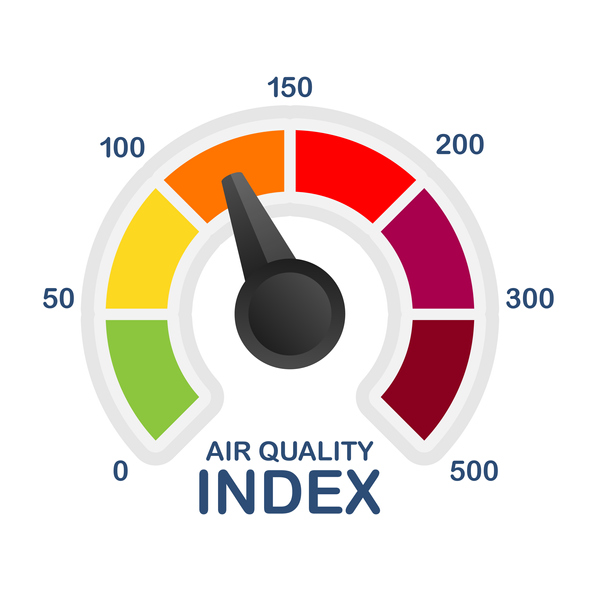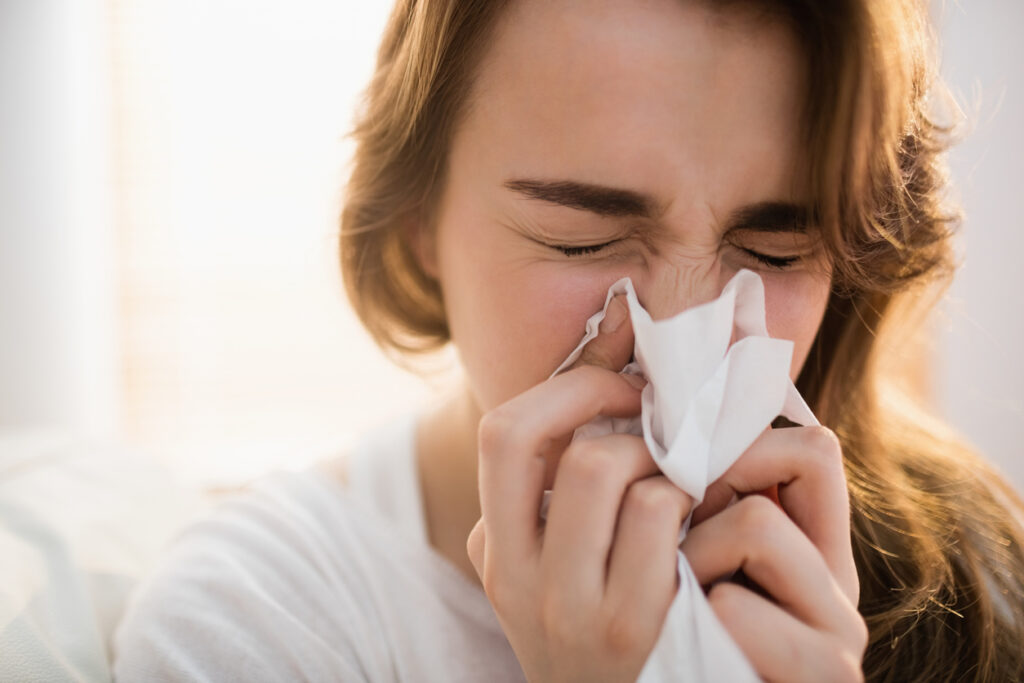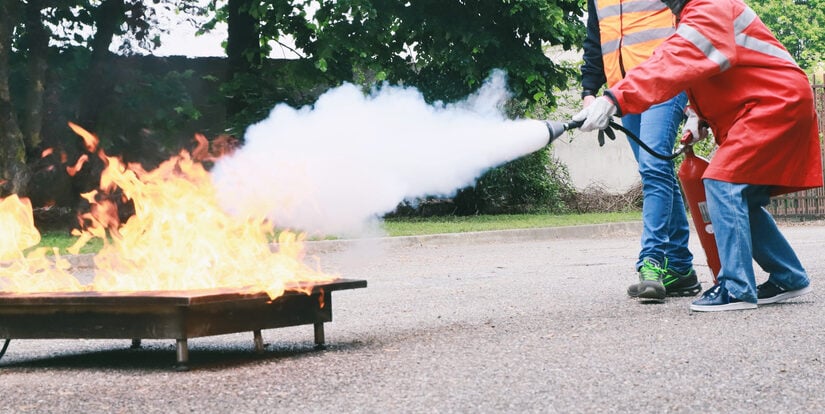Thursday 16th November 2023
The average person lives for 79 years and spends 70 of those years indoors – it’s no secret that people are spending more time than ever indoors with the technology we have at our disposal today. Therefore, it is more important than ever to have good indoor air quality in your home and workplace. Poor air quality has been linked to increased risk of heart disease and strokes as well as lung diseases such as COPD and cancer.

How air quality is measured
The Air Quality Index (AQI) is a system that is used for reporting daily air quality. In the UK, it is measured on a scale from 1 to 10 and informs the public whether the air quality in their area is good, moderate, unhealthy, very unhealthy or hazardous. The AQI number is calculated based on the levels of 5 common air pollutants: ozone, particulate matter, carbon monoxide, nitrogen dioxide and sulphur dioxide.

Indoor air quality can be measured using an indoor air quality monitor. These monitors detect the quantity of CO2 in the air, allowing you to keep track of CO2 emissions in your home. This informs you when CO2 levels get too high which would indicate you to take appropriate measures to reduce air pollution indoors.
Sources of indoor air pollution
Indoor air pollution can come from a variety of sources including from materials used in the initial construction of the building and chemicals in paint and carpets. Other actions contributing to poor air quality could include cooking, cleaning, wood stove burning, candle burning, using personal care products, moisture, keeping house plants that give off volatile chemicals, and more.
Carbon monoxide (CO) is a highly poisonous gas that is produced when appliances such as boilers cookers, heaters, gas fires and solid fuel burners are faulty, have been incorrectly fitted, or not regularly serviced. Even a low level of carbon monoxide in your home could cause severe health problems. A CO detector is the only way to detect carbon monoxide as it is a tasteless, colourless and odorless gas. CO alarms can either be wall mounted or used as a portable device. Specific models are also tested for use when travelling and in caravans, tents or boats. A digital carbon monoxide detector will display the level of carbon monoxide in the air. Some indoor air quality monitors also monitor the presence of carbon monoxide.
There is also growing evidence that dampness and mould contribute to indoor air pollution. It has been suggested that dust mites and fungi, which favour damp environments, produce several allergens as well as toxins and irritants. This can have serious effects on respiratory health. Dampness is also an indicator of poor ventilation which may result in increased levels of a wide range of potentially harmful indoor pollutants. Today’s houses are more air tight, which is more energy efficient. But, this impacts air flow and it’s important to be mindful of the need for ventilation.
Symptoms of bad air quality
Air pollution can shorten lives and damage the quality of life for many people. You may be in a polluted environment if you experience the following symptoms: headaches, eye / nose / throat / skin irritation, watery eyes, sinus congestion, coughing, sneezing, chest pain, inflammation of airways. If you are experiencing symptoms of bad air quality, it is important to identify and remove sources of pollution.

How to prevent air pollution
There are several steps you can take to start increasing indoor air quality in your home. You must also limit your exposure to air pollution. Here is a list of things to consider when improving air quality:
- Increase ventilation
- Always use an extractor fan and open windows while cooking
- Remove pollutant sources in your home
- Use liquid cleaners (not sprays)
- Never mix cleaning products
- Switch to electric / induction hob if possible
- Limit frying oil
- Always have gas appliances serviced each year by a gas safe engineer
- Have any chimneys swept at least once a year
Ella’s Law
Ella Roberta Adoo Kissi Debrah died at only 9 years old due to exposure of excessive air pollution in London. Since then, Ella’s law, also known as the Clean Air (Human Rights) Bill, was introduced to parliament in 2022 to urge the government to take action and bring air quality up to minimum World Health Organisation (WHO) standards.
Ella’s law would establish the right to breathe clean air as a basic human right in an attempt to stop symptoms and death from poor air quality. This would mean that public authorities must consider clean air in the way they make decisions. If you would like to see Ella’s law made official, you can get involved and sign the petition.
Air quality guidelines
For a more detailed guide to indoor air quality regulations, visit the government website.



